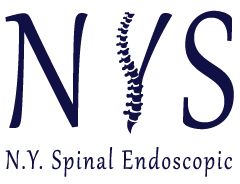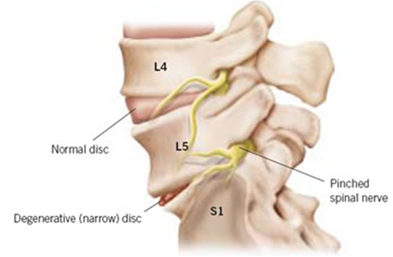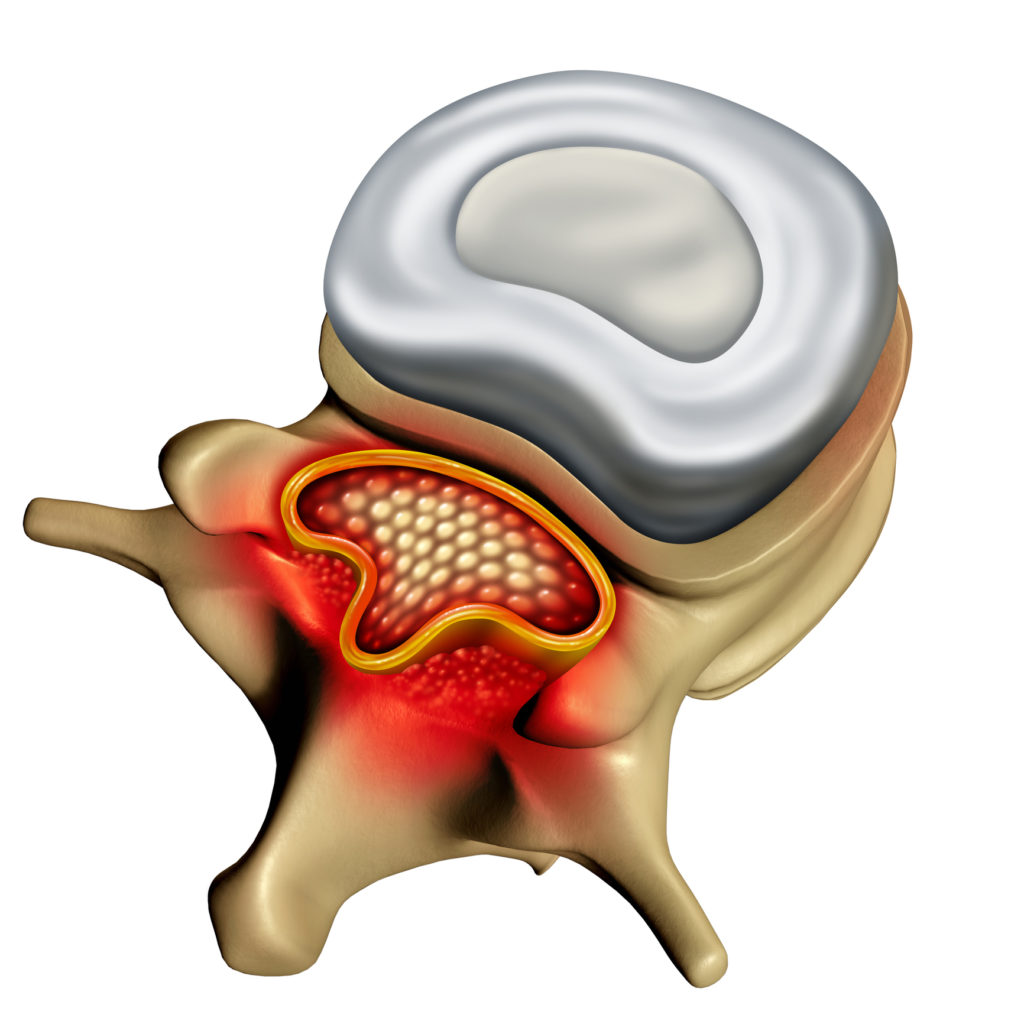WHAT ARE THE CAUSES OF FORAMINAL STENOSIS?
Different factors can lead to foraminal stenosis, including degenerative disc disease, osteoarthritis and herniated discs. When changes take place due to aging and wear, the symptoms of foraminal stenosis can occur. Bone spurs can also enter the spinal canal, narrowing the space at the nerve roots.
Other causes of this condition include:
- Bulging discs
- Thickened spinal ligaments
- Spondylolisthesis
- Facet disease
- Tumors
- Paget’s disease
- Genetics



